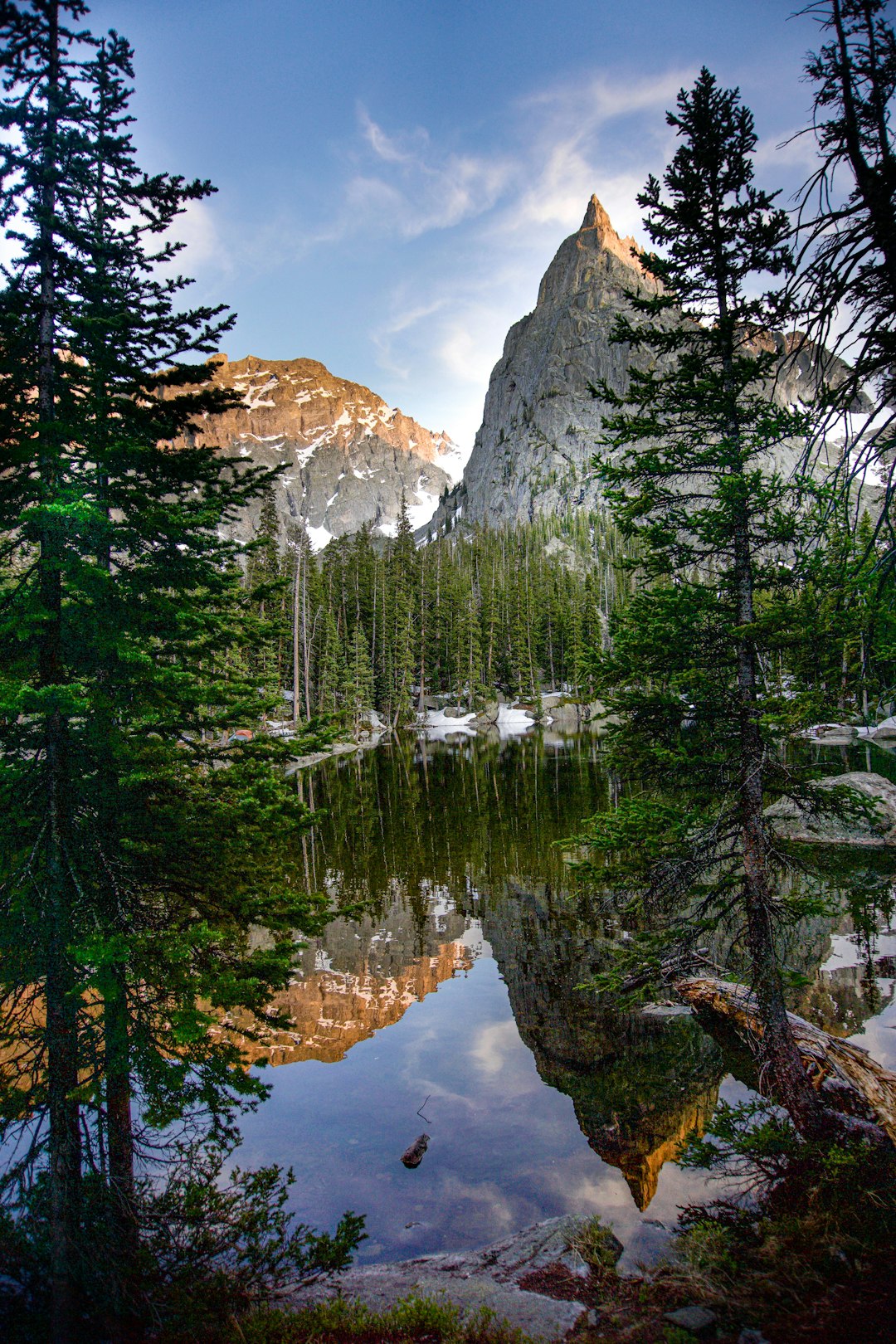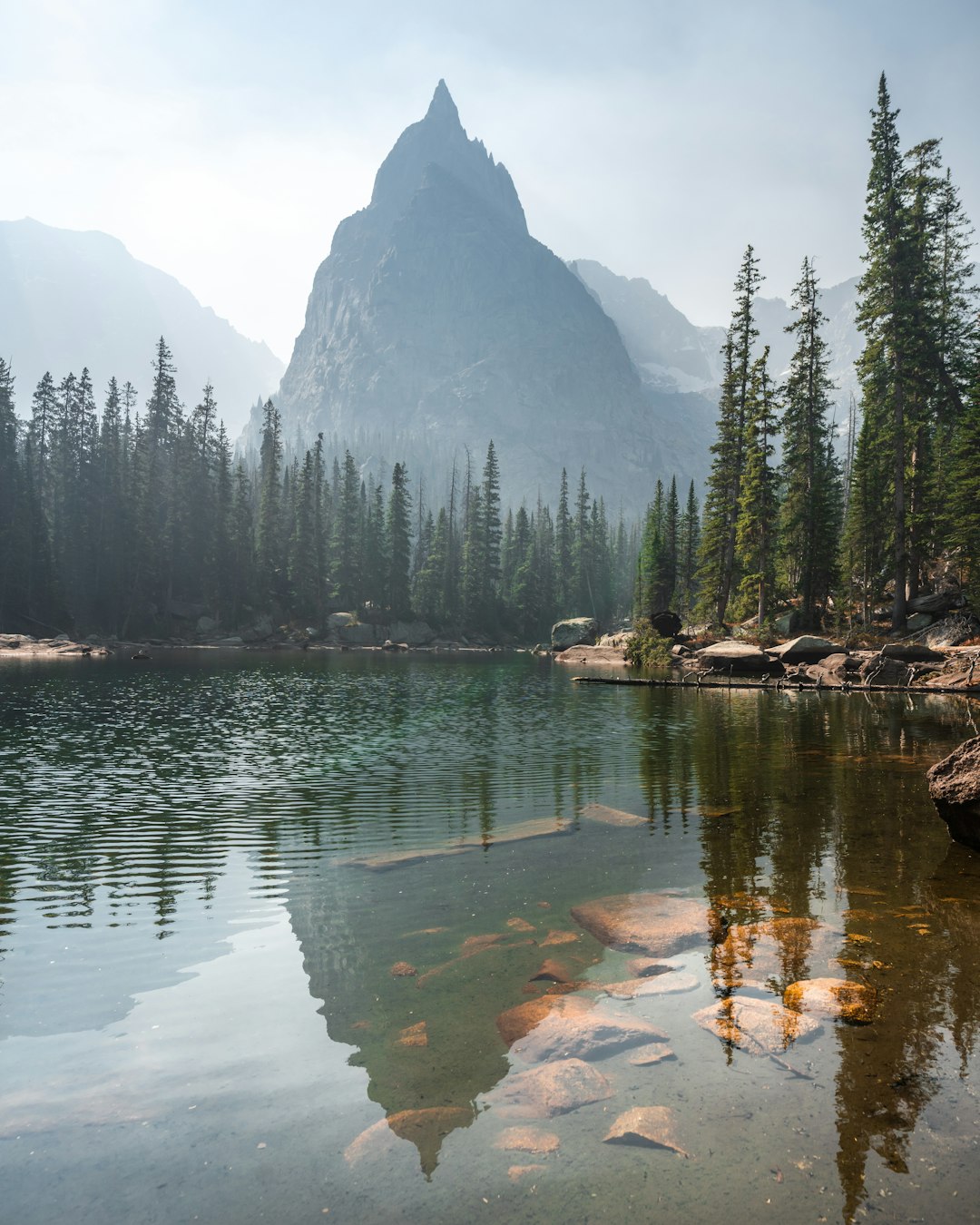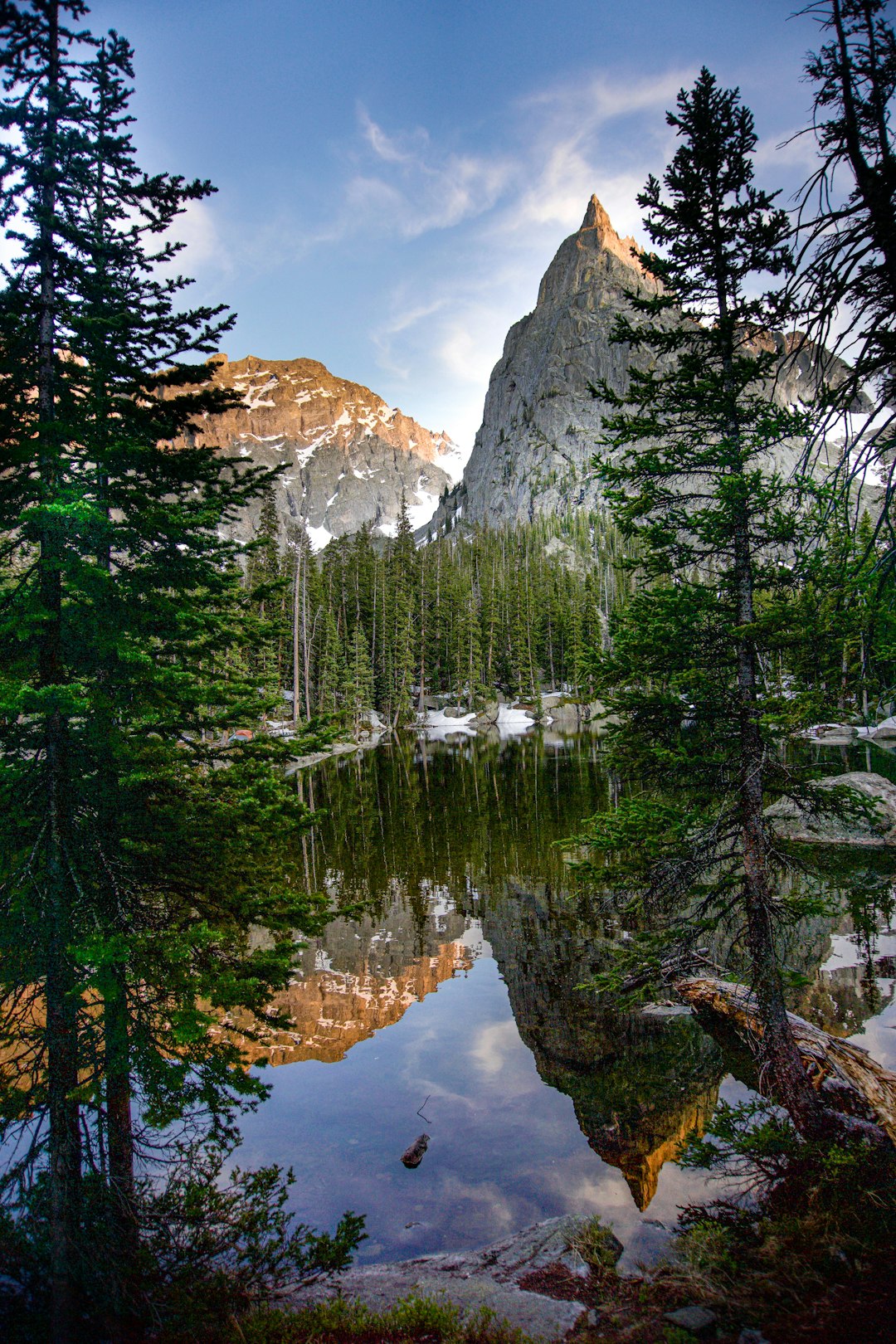The Wildlife Refuge at Rocky Mountain National Park is a nature lover's paradise, offering rare glimpses of diverse wildlife in their natural settings. Conservationists prioritize the protection of species like birds of prey and elusive mammals through strict guidelines and controlled access. Educational programs promote ecological balance while allowing visitors to responsibly observe elk, moose, black bears, and even mountain lions. Following specific rules ensures minimal impact on habitats, preserving the park's biodiversity for future generations.
“Uncover the natural wonders of Rocky Mountain National Park’s Wildlife Refuge—a haven teeming with diverse flora and fauna. This comprehensive guide explores the park’s ecological treasures, offering insights into what visitors can expect during their journey. From breathtaking landscapes to rare species sightings, we’ll navigate top wildlife spotting opportunities and discuss conservation efforts ensuring a sustainable experience. Discover rules and practices that uphold the refuge’s delicate balance, allowing you to connect with nature responsibly.”
Understanding Rocky Mountain National Park's Wildlife Refuge

Rocky Mountain National Park is home to a diverse array of wildlife and their habitats, making it an ideal location for those interested in conservation and natural history. The park’s Wildlife Refuge plays a crucial role in protecting and preserving this biodiversity. This refuge serves as a sanctuary, ensuring the safety and well-being of various species, from majestic birds of prey to elusive mammals. By implementing strict guidelines and managing human interactions, the refuge allows visitors to observe wildlife in their natural settings while minimizing disturbance.
The Wildlife Refuge at Rocky Mountain National Park is not just about protecting animals; it’s a strategic approach to maintaining ecological balance. Through controlled access and interpretive programs, park rangers educate visitors about the interdependence of species and the importance of preserving their habitats. This holistic approach fosters a deeper appreciation for nature and encourages responsible wildlife viewing, ensuring that future generations can also explore and marvel at the park’s rich biodiversity.
What to Expect During Your Visit: A Comprehensive Guide

When visiting Rocky Mountain National Park’s Wildlife Refuge, expect to immerse yourself in a vibrant ecosystem teeming with diverse wildlife. The refuge serves as a sanctuary for numerous species, offering a unique opportunity to observe animals in their natural habitat. You can anticipate spotting elk, moose, black bears, and even the elusive mountain lion, making it a haven for nature enthusiasts and photographers alike.
To enhance your experience, plan your visit during peak seasons when wildlife activity is most prominent. Early morning and late afternoon are often ideal times to venture into the refuge as these are the active periods for many animals. Remember to adhere to designated trails and maintain a safe distance from wild creatures to ensure both your safety and theirs. This comprehensive guide aims to prepare you for an unforgettable encounter with Rocky Mountain National Park’s remarkable wildlife.
Top Wildlife Spotting Opportunities Within the Refuge

Rocky Mountain National Park’s Wildlife Refuge offers a plethora of opportunities to spot diverse and fascinating wildlife species. One of the most popular spots is the Alpine Area, known for its stunning landscapes and abundant animal life. Visitors can catch glimpses of elk, bighorn sheep, and even rare mountain goats as they roam the alpine meadows and rugged peaks. The early morning and late afternoon hours are particularly ideal for wildlife viewing due to the animals’ active patterns.
Another prime location is the Trail Ridge Road, a scenic drive that provides access to some of the highest elevations in the park. Along this route, visitors might spot mule deer, black bears, and various bird species like eagles and hawks. The refuge’s diverse habitats, ranging from lush forests to arid meadows, contribute to its status as a hotbed for wildlife encounters, making it a must-visit destination for nature enthusiasts and photographers alike.
Conservation Efforts and Rules for a Sustainable Experience

Rocky Mountain National Park is committed to preserving its diverse wildlife and ecosystems through various conservation efforts. Visitors play a crucial role in sustaining this balance by adhering to specific rules designed for a sustainable experience. One primary objective is to minimize human impact on wildlife habitats, encouraging responsible viewing practices. This means maintaining a safe distance from animals, especially during mating or nesting seasons, and not disturbing their natural behavior.
Additional regulations focus on waste management, as proper disposal of trash prevents pollution and disease transmission. Visitors are encouraged to take their litter with them and use designated composting facilities. These measures contribute to the park’s long-term health and ensure that future generations can also explore and appreciate its untouched beauty without compromising the delicate ecosystems.






